Hanoi, the capital city of Vietnam, is located in the far north of the country. Biogeographically wise, this translates to an assemblage of species more akin to south and east China rather than south Vietnam. And for my trip through Southeast Asia with Darío Gijón last year, this in turn translated to having the chance to connect with bird species that were not distributed along the more tropical latitudes where the rest of our itinerary was set. We left the Philippines to start some 10 days in Vietnam via a flight from Manila to Hanoi and deployed some days to explore this fantastic city and its wildlife.
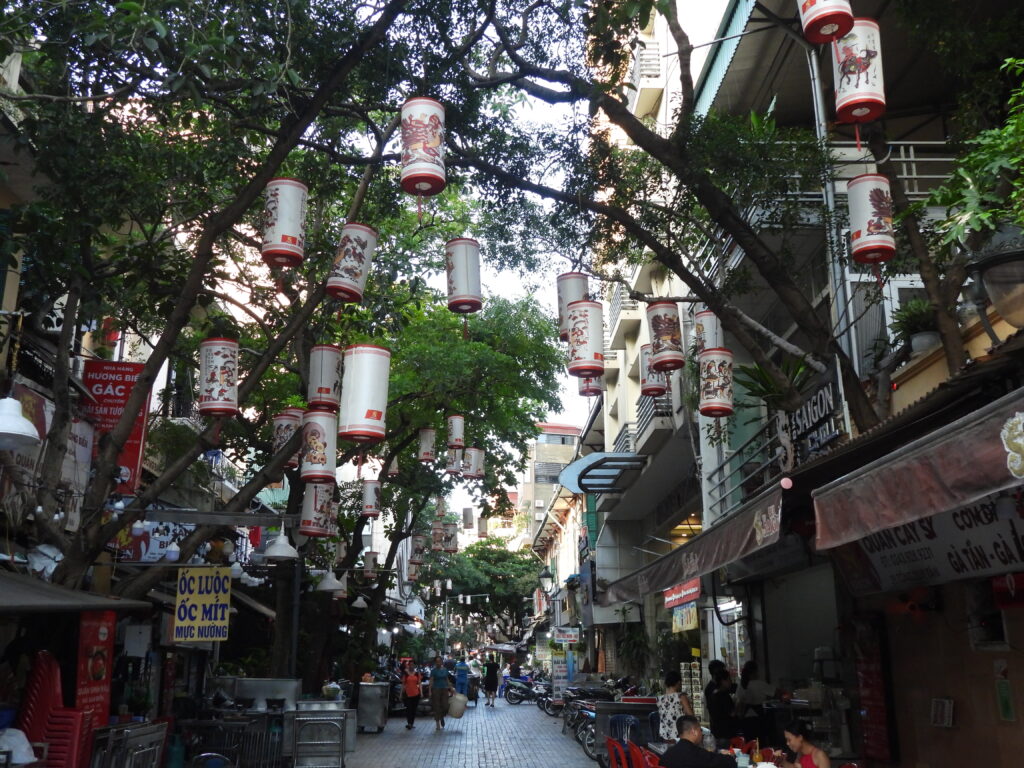
Hanoi boasts a charming architecture and gastronomy, and we had a blast walking along Old Quarter roads, temples and colonial buildings and major sights such as Ho Chi Minh mausoleum or the Vietnam Military History Museum. Walking Hanoi city center streets resulted in numerous encounters with the reality of songbird trade in Asia. During our walks in Hanoi, we likely bumped into more white-eyes caged in the streets than we saw in the wild throughout the country, and more laughingthrushes than those seen in the wild during our entire two-month trip.
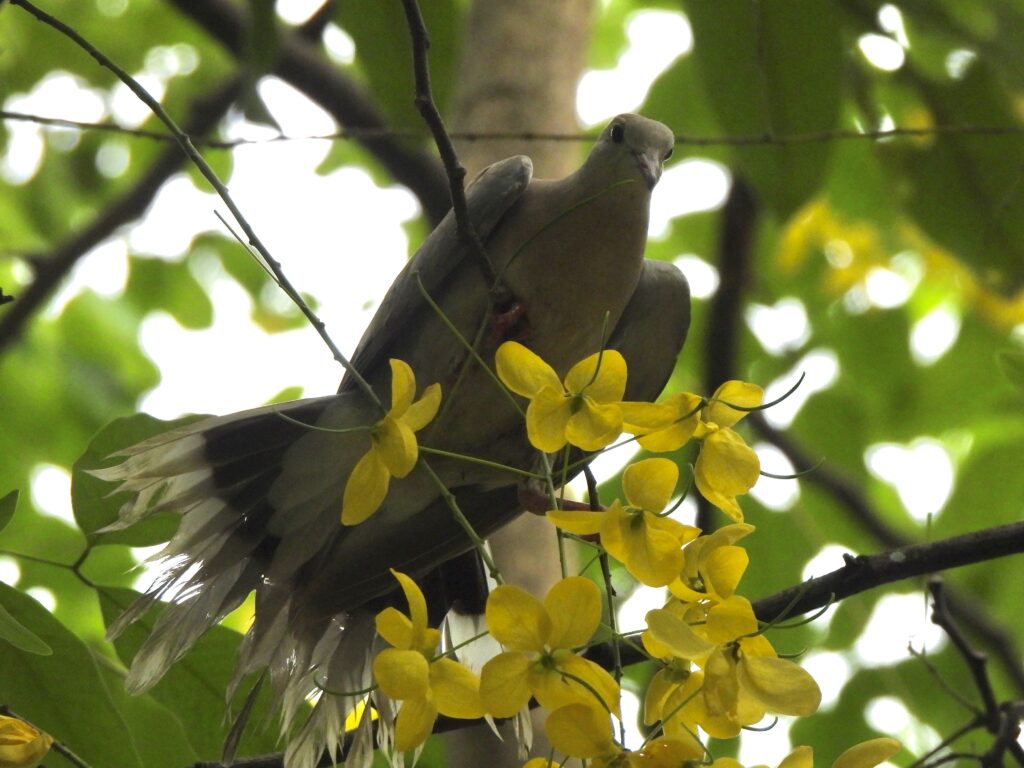
Hoàn Kiếm Lake in the city center is the venue of the popular Thăng Long water puppet theater, but in the middle of the day was a fantastic area to have a break in the shade of large trees. While we rested and picnicked, good numbers of little herons (Butorides atricapilla) and some black-crowned night-heron (Nycticorax nycticorax) would fly back and forth and spear fish from their perches — all while speaking to numerous sweet little children that would approach us for a chat in English, encouraged by their parents who looked from the back.
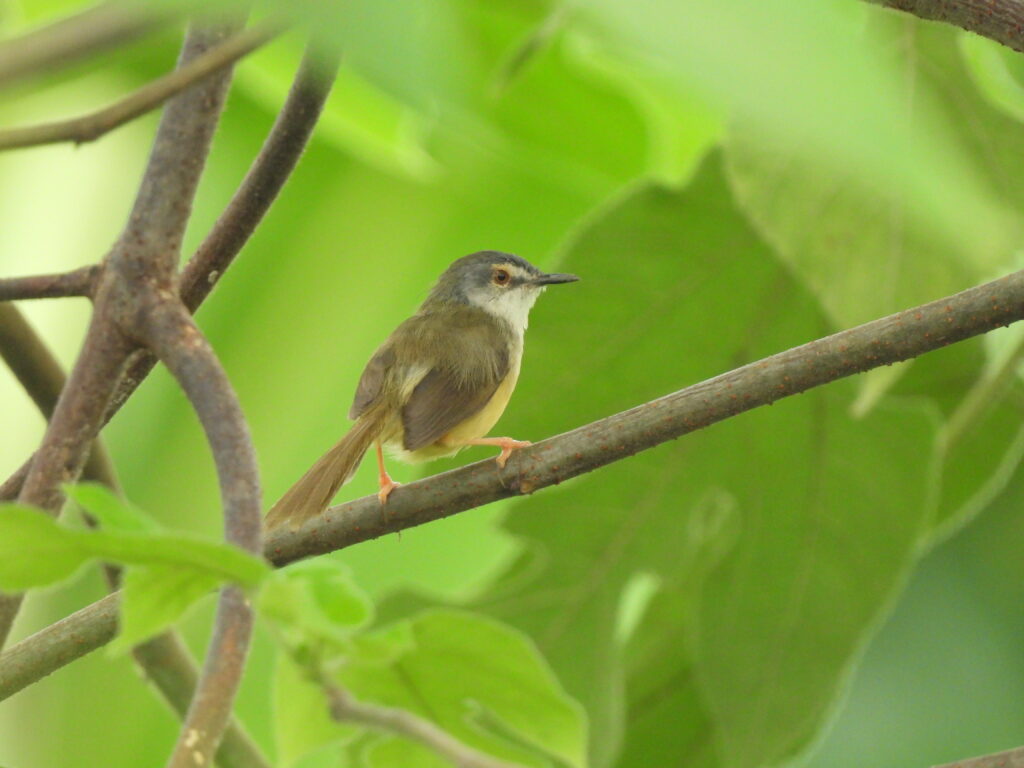
However, a commonality of any outing or walk in Hanoi was an overwhelming traffic, with thousands of motorbikes in all directions — which made crossing roads a nightmare. The stereotype about the city felt absolutely real. There is apparently almost a motorcycle for each of the 8.7 million inhabitants of Hanoi, as I recently read. This delayed any short walk but also strongly determined any driving route.

We deployed our last day in Hanoi to watching birds. We took a Grab car early in the morning and headed to a location which looked promising on eBird: Banana Island. The driver drove for about an extra hour, completely off route, and I was confused as to why he did it — I could imagine it perhaps had anything to do with heavy traffic jams. From the car we could see flocks of feral pigeons (Columba livia domestica), foraging spotted doves (Spilopelia chinensis) and some house swifts (Apus nipalensis) and Asian palm swifts (Cypsiurus balasiensis) flying over.
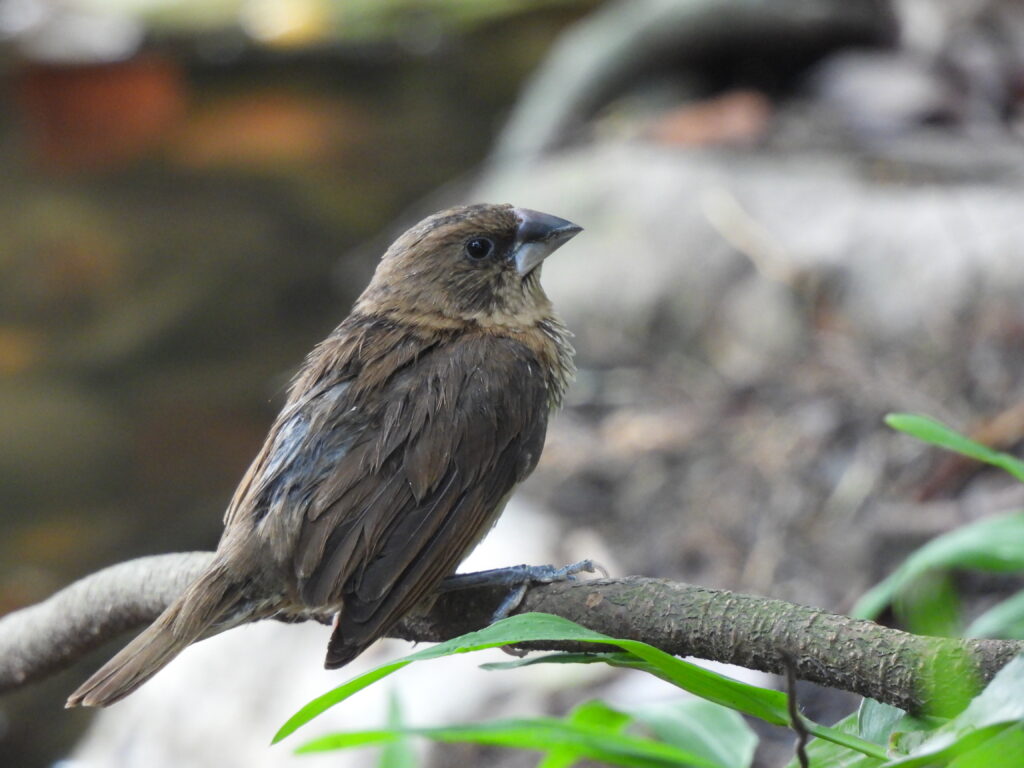
It turned out that making it to Banana Island had just become extremely difficult. The previous July had been the rainiest in the region for decades, so the Red River had flooded the whole river bed. We eventually stopped somewhere in the middle of some neighborhood. Neither the driver nor the neighbors spoke a word of English, but we got to understand that the only way to reach the area was by a canoe. After some wait, the noise of an old engine revealed a small wooden canoe with several locals carrying packages of rice, large water bottles and other goods. And as they hopped off, there we went.
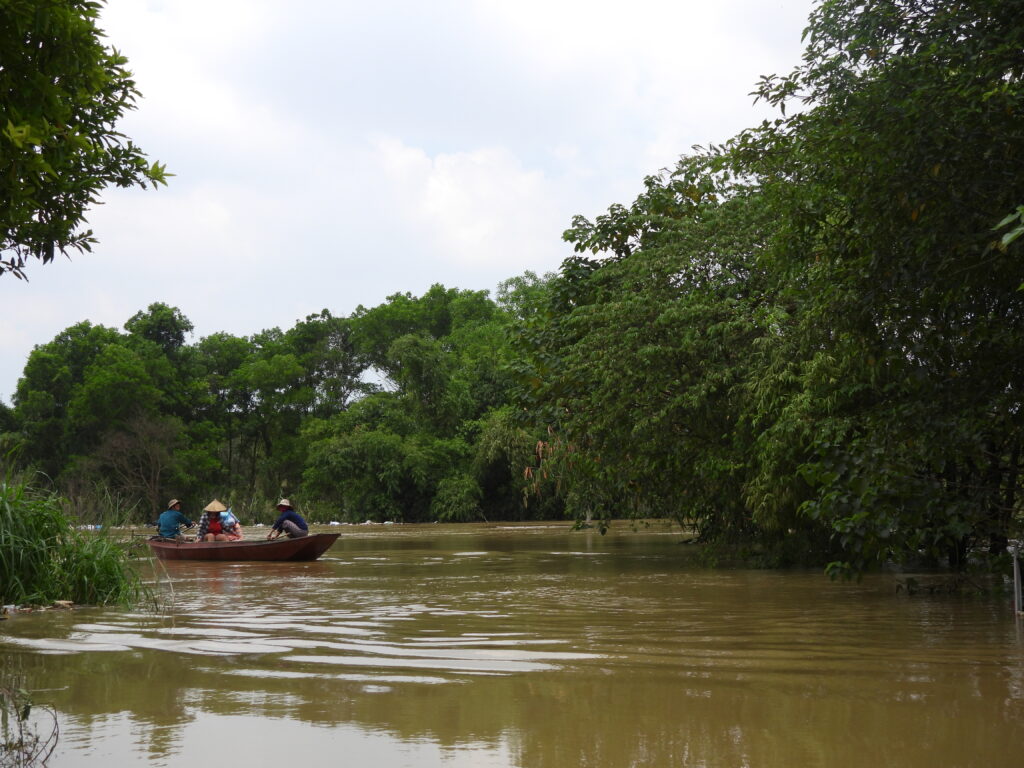
Locally known as Bãi Giữa, this riverine island in the Red River is covered in banana plantations and is pictured as a retreat location to escape from the bustling city. It was indeed interesting to see such an area, completely covered in crops — except for a very few tourist-centered accommodations — pretty much surrounded by a massive city.
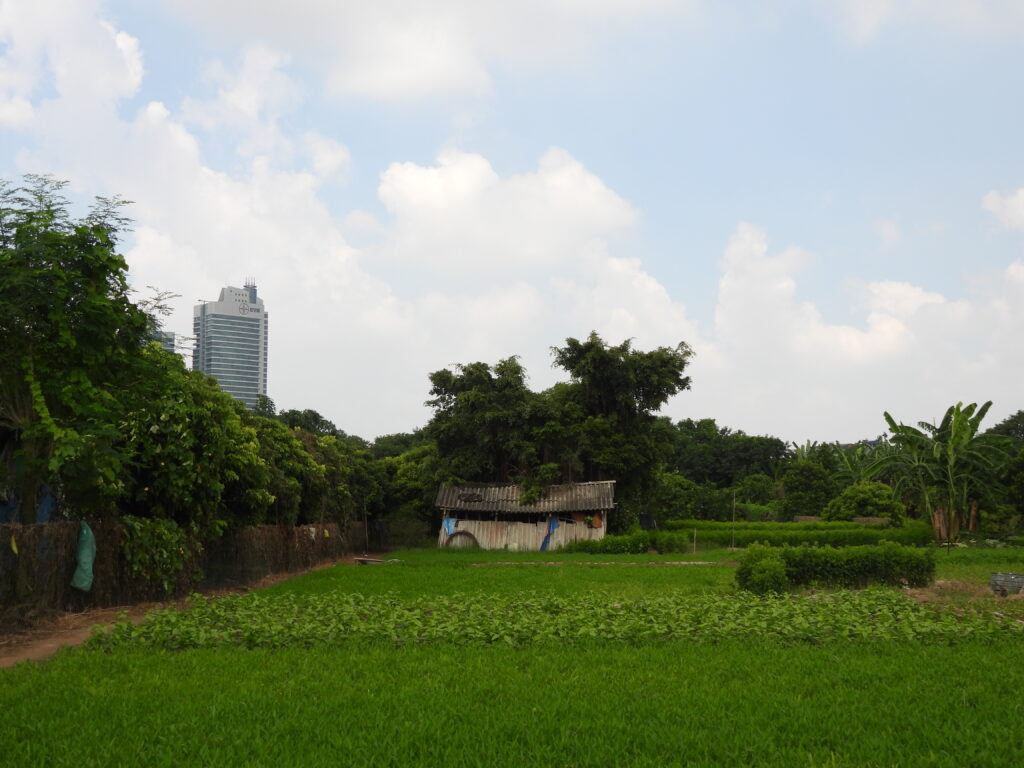
The boat ride was short and we soon jumped on a muddy shore along with a handful of locals who scattered in all directions. However, we found it relatively difficult to walk around, as we found many dead ends. However, the place was indeed birdy. As we arrived, a small flock of barn swallows (Hirundo rustica) and gray-throated martins (Riparia chinensis). In addition, a couple of the ‘Chinese‘ leucopsis form of white wagtail (Motacilla alba) flew to some wire from the muddy shore.
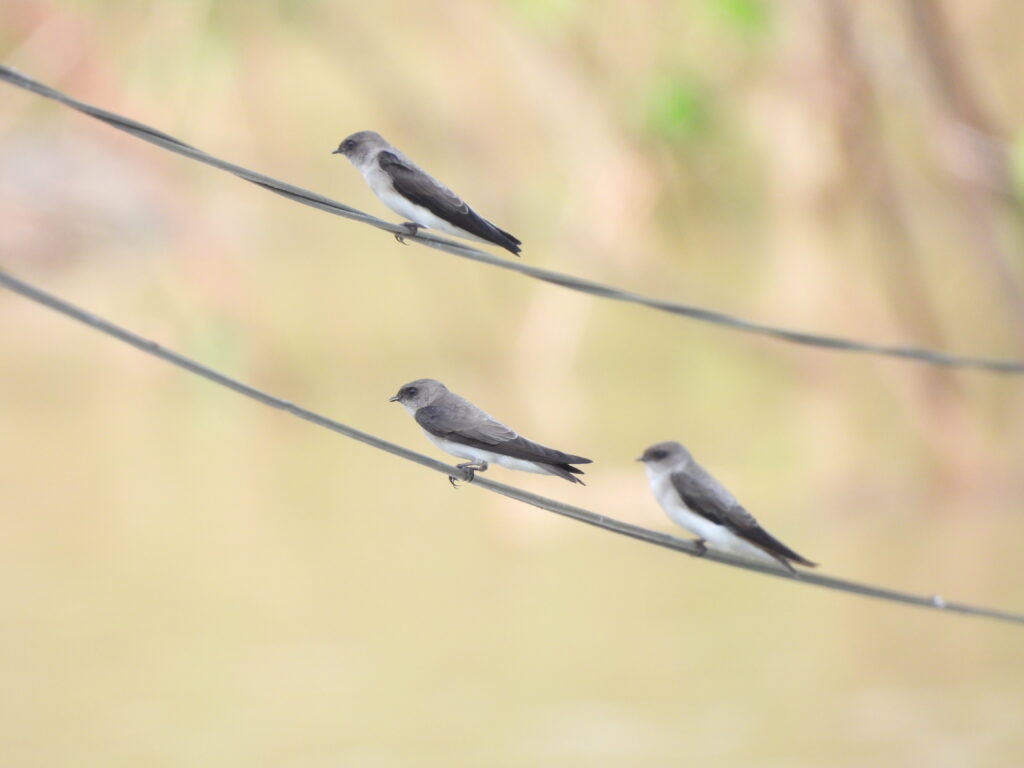
As we walked through paths between banana plantations, we glimpsed few of the many calling greater coucals (Centropus sinensis) and plaintive cuckoos (Cacomantis merulinus). Many of these plants were actually flooded, and we located a white-breasted waterhen (Amaurornis phoenicurus) foraging.

Some areas in the gardens of the very few lodges around had larger trees, where we encountered a couple of red-whiskered bulbuls (Pycnonotus jocosus) and a family group of sooty-headed bulbuls (Pycnonotus aurigaster). Among others, we also encountered putative oriental house rats (Rattus tanezumi), common tailorbirds (Orthotomus sutorius), white-throated fantail (Rhipidura albicollis) and flocks of Swinhoe’s white-eye (Zosterops simplex), scaly-breasted munia (Lonchura punctulata) and Eurasian tree sparrow (Passer montanus) — among which there was one of the few house sparrows (Passer domesticus) we had seen in the whole trip.
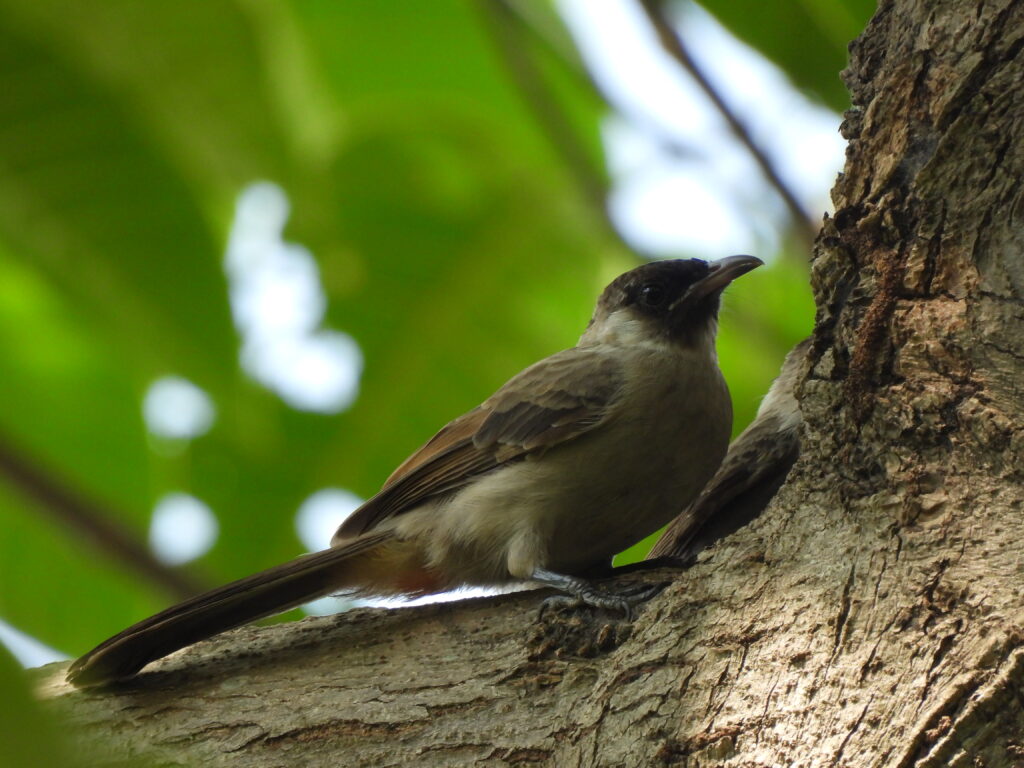
Few of the fields were not planted with bananas but left as orchards or fallow, offering a great place for long-tailed shrikes (Lanius schach) to look for preys. Among the grasses we bumped into a handful of yellow-bellied prinias (Prinia flaviventris) and a gray-breasted prinia (Prinia hodgsonii) which obliged as it briefly sang from the top of a fence — a species which is seldom spotted in this location.

We took the little canoe and another Grab car back to chaos. We had some yummy phở for lunch and charged our batteries to go on an afternoon walk to the Hanoi Botanical Gardens. This large urban garden was opened at the end of the 19th Century as an exhibition of plants and animals, and still holds cages displaying long-tailed macaques (Macaca fascicularis) and green peafowl (Pavo muticus) in rather pitiful conditions. However, the Botanical Garden itself boosted some good bird diversity worth checking out.
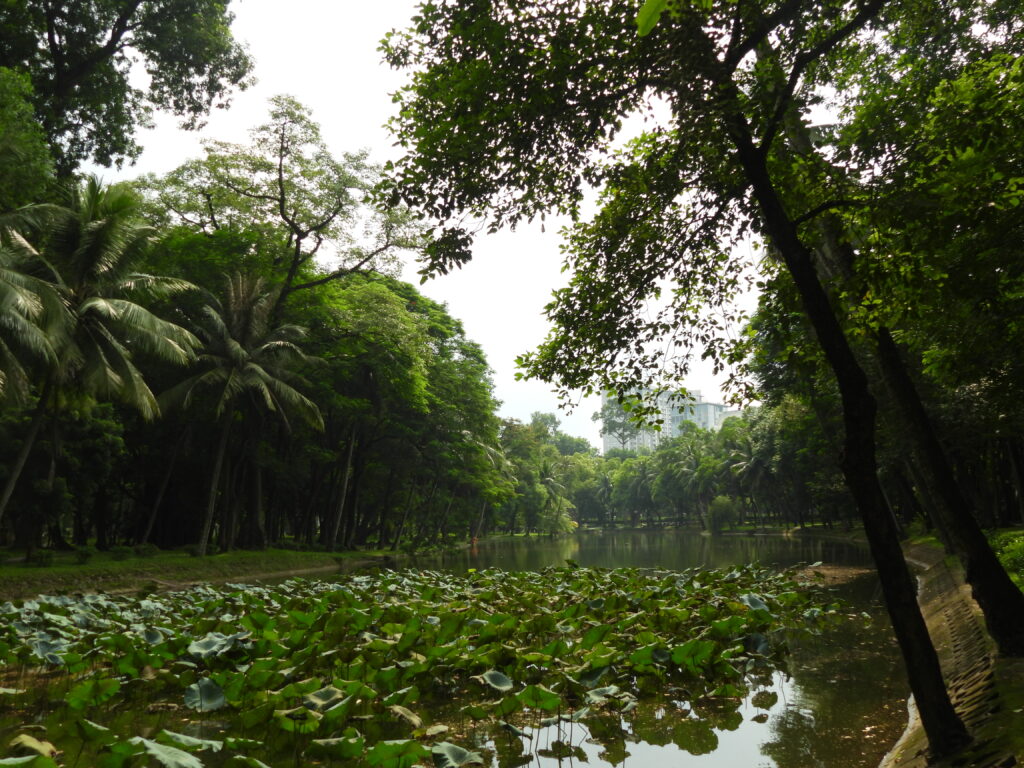
A couple of oriental magpie-robins (Copsychus saularis) sang and foraged in the garden and several sooty-headed and red-whiskered bulbuls vocalized in the canopies. We added to the city list a female red collared dove (Streptopelia tranquebarica) and our funny target of this site: the commixtus form of Asian tit (Parus cinereus), endemic to southeast China and north Vietnam but very familiar in its looks to its European relative.
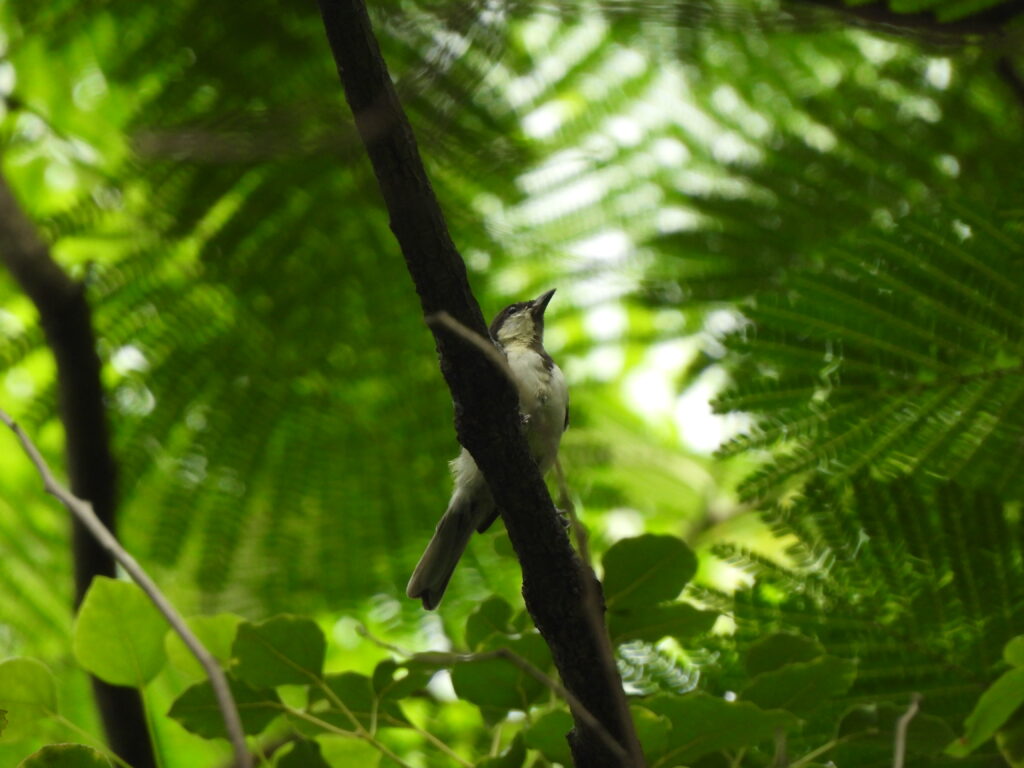
Hanoi was a fantastic fresh start of our trip leg in awesome Vietnam, a comfortable country that eventually gave us awesome endemic birds and other local specialties in beautiful, scenic locations. While we prepared our outings in Hanoi we learned that a great diversity of interesting passerines and waders show up mostly in migration time in the spots we visited. While we were satisfied with our little targets and humble surprises, we were pleased to learn the potential of urban Hanoi for connecting with long-distance migrants and north Indochina birds. Plus, we had fun navigating the bustle of the city.




